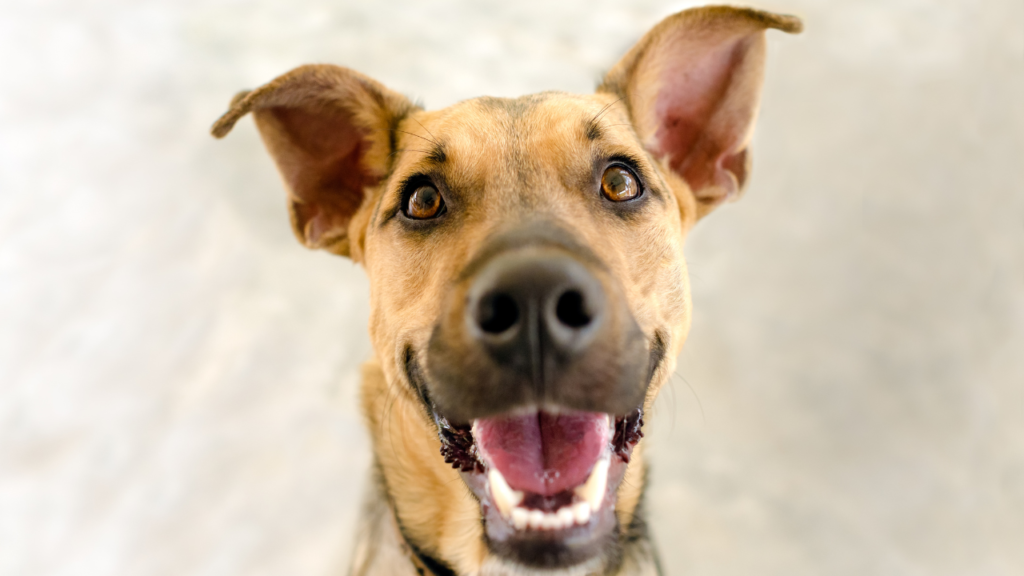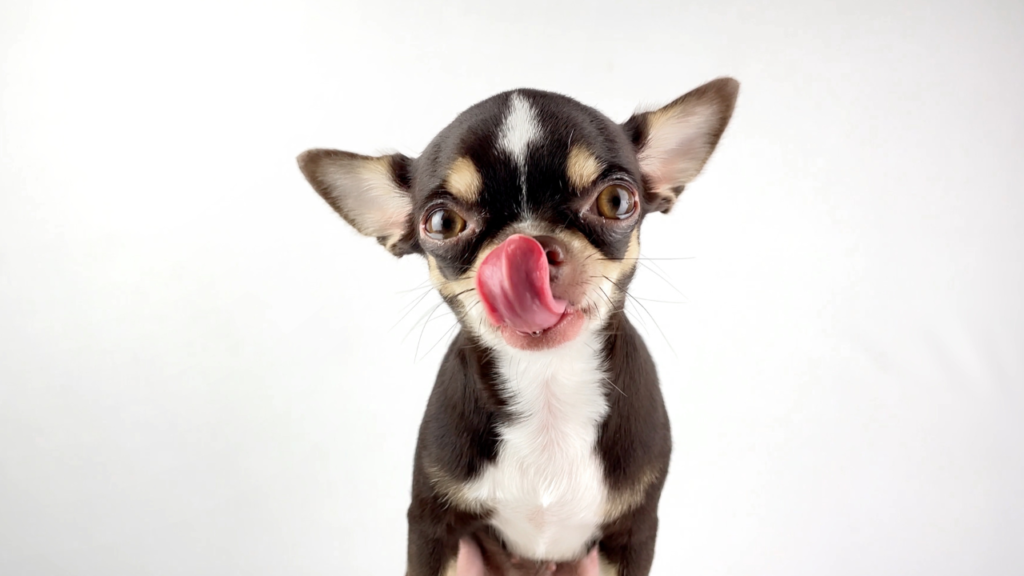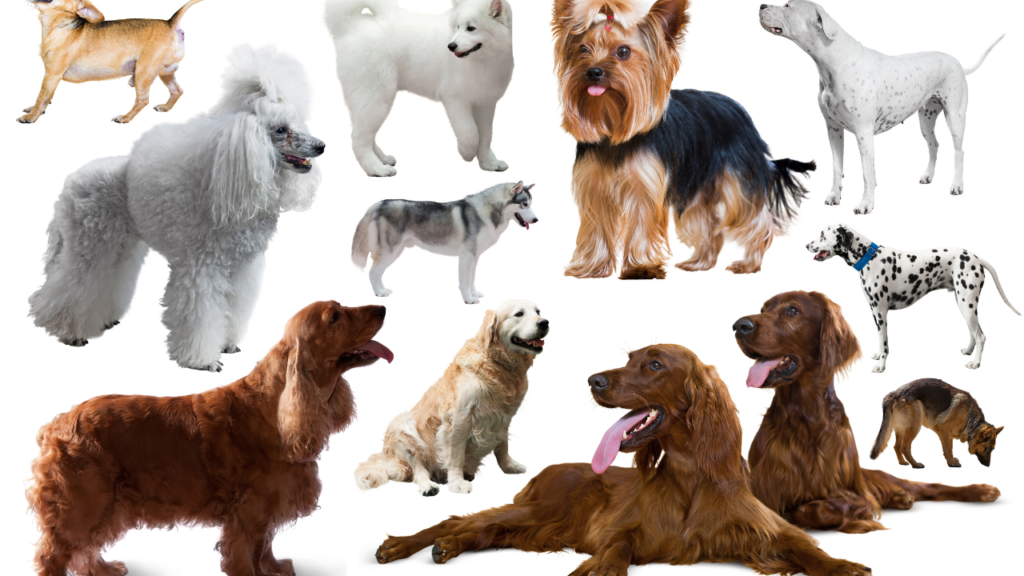BEST PLAYPEN FOR YOUR PET DOG 2024

You can find the best playpen for your pet dog in 2024 in this article.If you have a new puppy, you may be wondering if and when to use a playpen.
How To Use Your Crate or Playpen
Before you begin utilising crates and playpens on a daily basis, you must first train your dog to be comfortable with them. Here’s a step-by-step tutorial for introducing a crate or playpen.
Prepare the crate or pen.
A crate can provide a pleasant environment for your dog to relax, spend time alone, and feel safe. However, in order for it to be a pleasant environment for them, you must first ensure their comfort.
Set up their crate in a peaceful, quiet area where they won’t be disturbed while relaxing. Before you use your puppy’s crate, make sure it’s solid, properly put up, and unlikely to collapse by accident.
It should also be large enough for your dog to stand up, spin around, lie down, sit down, move their tail, and stretch out completely. As your puppy develops, you may need to purchase a larger crate.
Make the crate snug and comfy by placing your dog’s bed, blanket, and non-spill water bowl inside, along with any toys or treats.
To prevent draughts and lessen outside noise, cover the top and sides with a blanket. Fix the door securely open to avoid your dog getting mistakenly shut inside while they’re learning about it.
Playpens allow you to confine your puppy to a certain area while still providing them the space that a crate cannot provide. You could build a playpen around your puppy’s kennel to offer them more room to wander, or you could set it up in a different room entirely.
Make sure the pen is tall and secure. It should be spacious enough to accommodate your puppy’s water, food, and toys, as well as a comfy resting area for him to stretch out. There should be enough room for your dog to wander around the pen and stay at least a metre away from the food/water dishes.
Remember to provide fresh water for your dog in both playpens and crates.
Introduce the pen in a positive manner.
To begin training, you will need little portions of your dog’s preferred delectable treats. Make sure the crate or playpen doors are open so your dog may easily roam inside.
First, let your puppy become acclimated to the crate or playpen being present. Allow them to sniff it or even go inside at their own time.
Make sure you have some treats on hand so that if they do venture inside, you can thank them for their excellent choices. You may also leave some around the crate or pen for them to discover, creating a positive experience.
During the introduction and initial stages of training, your dog must understand that they can exit the crate or pen fast and effortlessly. This will make them feel safer at all times. It will also boost their confidence and contribute to the positive feeling we want them to associate with being inside the crate/pen.
Remember that introducing your puppy to new activities should always be done slowly and at their own time.
When to use a playpen?
A playpen can help you manage your puppy throughout the house by limiting access to places that have not been puppy-proofed. This might be where they spend the night so they don’t chew anything dangerous, for example.
Playpens are better suited for nighttime use than cages since they allow animals more movement. It can also be beneficial while your puppy is young and adjusting to their new life with you.
If your new puppy needs to be introduced to another dog or cat, a playpen is an excellent option to keep them separate, allowing them to meet each other in a positive way while still allowing them to move away if required. Just make sure the other animal is being controlled as well to ensure that both are comfortable with the interaction and are under supervision.
If your puppy isn’t housetrained, make sure any messes in the pen are cleaned up right away. Of course, it’s also critical to provide plenty of opportunity for them to exit the pen, particularly to perform house training and allow them to use the potty outside.
A playpen is unlikely to be used as your dog ages.
Remember that every dog has varied and unique needs, and they should not be left alone for longer than they can handle. Even if a dog loves their crate or enclosure, they should not spend too much time inside because they may become stiff and want the restroom. Please consult your veterinarian about how long it is appropriate to leave your dog alone.
Always ensure that your dog is having fun in their crate or pen, whether they are playing with toys, chewing on something, or simply sleeping. The safer and more comfortable they feel inside, the more willing they will be to spend time in their box when necessary.
Need to know: Your puppy must always appreciate being in the crate or pen. This is why you should never use it to discipline them, as they may associate being in the crate with negative emotions. As a result, people may lose confidence in the environment and become hesitant to enter.
Best playpen for your pet dog 2024 on AMAZON
Dog Playpen for Yard

The FXW Dog Playpen is intended to provide a win-win option for you and your beloved dog. Unlike a tiny enclosing cage or kennel, the FXW dog pen provides a big, semi-open activity area just for your dog. Your dog will enjoy its safe and strong kingdom. Meanwhile, you can take a genuine break and unwind without worrying about your favourite pet. The FXW team is oriented towards fun, relaxation, and well-being.
The stakes feature rounded ball tips to protect the dog’s claws from injury. The rods are readily placed into the ground, providing additional stability and rigidity, and will not collapse when the dog leans against them. Furthermore, the automatic gravity-action locking mechanism ensures that the door opens and closes smoothly while also reducing the possibility of dogs unlocking it on their own. Everything is meant to ensure your complete safety, so you can truly relax.
Octagonal Foldable Metal Exercise Pet Play Pen for Dogs

This is a small 30-inch exercise play pen (single door) for dogs up to twenty inches tall or other small pets.
8 linked panels with thumb clips to join the ends together; 2 locking slide-bolt door latches; 8 ground anchors for secure exterior installation; composed of sturdy iron wire with a rustproof coating.
This can be readily assembled into several stand-alone shapes (round, square, or rectangular) for playtime or to shut off a room.
4-Panel Pet Playpen with Door

The playpen with door for dogs is ideal for dog play yards, play gates, small dog fences, and other uses. You may make a playpen that best suits your needs by building it with many panels and having the ability to add more.
This playpen is made of robust, heavy-duty moulded plastic. This is ideal for indoor and outdoor play. The material is easy to clean, and more panels can be ordered to allow the playpen to extend and grow with your puppy or pet, giving them more freedom to roam.
Pet Puppy Dog Playpen

8-panel The puppy playpen has a circular shape and is made of high-grade thick mesh and 600 D polyester oxford fabric. Made from long-lasting, water-resistant materials. The removable zippered top can simply removed for indoor usage and closed for outdoor use to offer shade. The zippered door allows your pet to easily enter and exit. Close the door to keep your pet secure inside.
The Portable Pet Play Pen comes with a convenient carrying case that allows you to quickly store your playpen. The dog playpen takes seconds to open from its folded storage bag, and no assembly is necessary. When not in use, it folds back flat for simple storage. Our lightweight portable pet playpen is suitable for indoor and outdoor use, as well as travel and camping.
BEST PLAYPEN FOR YOUR PET DOG 2024 Read More »




























